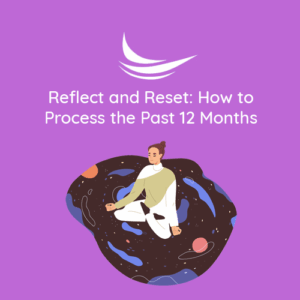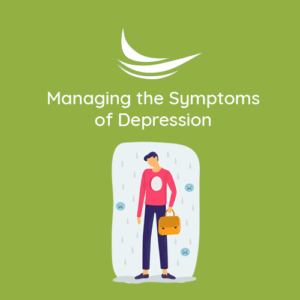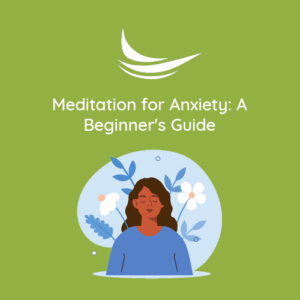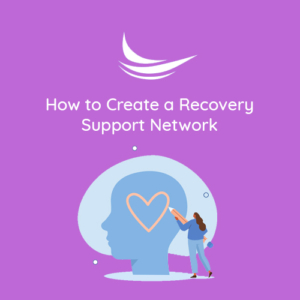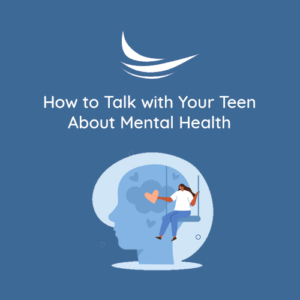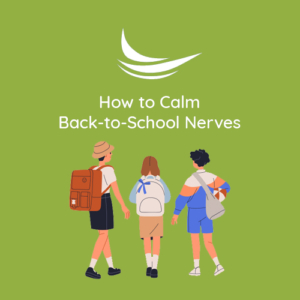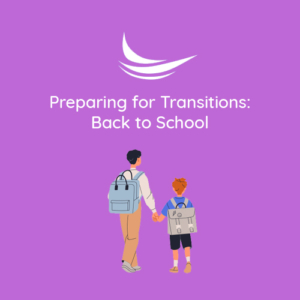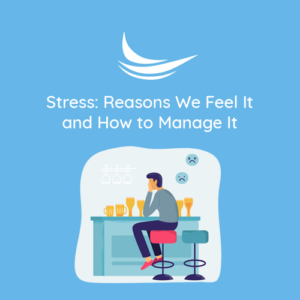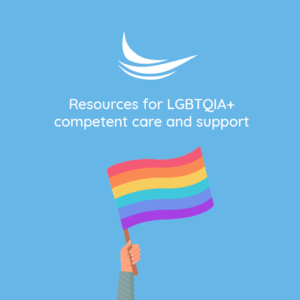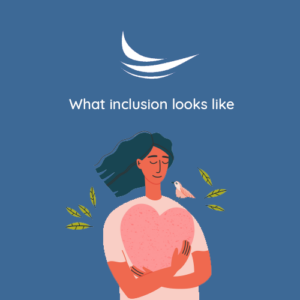Building Emotional Bonds with Students
 Beyond the subjects taught, educators have the unique opportunity to establish profound emotional bonds with their high school and college students. These connections can transcend traditional teaching, fostering an environment where students feel valued, understood, and motivated to excel not only academically but also emotionally. Recognizing the pivotal role of such connections in promoting mental well-being, educators from a mental health perspective can implement strategies that create lasting impact.
Beyond the subjects taught, educators have the unique opportunity to establish profound emotional bonds with their high school and college students. These connections can transcend traditional teaching, fostering an environment where students feel valued, understood, and motivated to excel not only academically but also emotionally. Recognizing the pivotal role of such connections in promoting mental well-being, educators from a mental health perspective can implement strategies that create lasting impact.
Embrace Authenticity:
Authenticity is the cornerstone of genuine relationships. Show students your genuine self, as this transparency encourages them to open up and reciprocate the sentiment. By sharing both your successes and struggles, you demonstrate vulnerability and authenticity, laying the foundation for a bond built on trust.
Provide a Safe Space:
A classroom should be a sanctuary where students feel safe expressing their thoughts and emotions. Create an inclusive and nonjudgmental environment that encourages open dialogue. When students know they can share their concerns without fear of criticism, emotional connections can thrive.
**Prioritize Active Listening:
When a student speaks, give them your complete attention. Active listening sends the message that you value their thoughts and emotions. This practice fosters trust and demonstrates your commitment to understanding their individual experiences.
Share Relevant Experiences:
Share personal anecdotes that resonate with the lessons you’re teaching. This can help students relate to the subject matter and provide insights into your own life journey. Such stories can be powerful tools for conveying empathy and understanding.
Value Their Individuality:
Every student is unique, with distinct backgrounds, interests, and struggles. Acknowledge and celebrate these differences, creating an environment where every student feels valued and accepted for who they are.
Stay Approachable Outside Classroom Hours:
Let students know that your support doesn’t end when the class does. Designate specific times, like office hours, when students can approach you for discussions, questions, or guidance. This accessibility reinforces your commitment to their growth.
Acknowledge Emotional Struggles:
Recognize when students are facing emotional challenges. Address these struggles with empathy and compassion and provide guidance or referrals to school counselors when needed. Your understanding can make a significant difference in their well-being.
Facilitate Peer Support:
Encourage an atmosphere of peer support and collaboration. Students can learn from and help each other navigate challenges. Initiatives like peer mentoring programs or collaborative projects foster a sense of community and connectedness.
Promote a Growth Mindset:
Instill in students the idea that challenges are opportunities for growth. This mindset shift can reduce anxiety, encourage resilience, and contribute to a positive emotional environment.
Empower Student Voices:
Create platforms for students to express themselves and share their experiences. Whether through class discussions, presentations, or creative projects, encouraging their voices ensures they feel valued and understood.
Engage in Continuous Learning:
Stay informed about the latest research and practices in mental health and education. This ongoing learning equips you with effective strategies to address students’ emotional needs.
Maintain Digital Boundaries but Stay Accessible:
While maintaining digital boundaries is important, use technology as a tool for accessibility. Email or educational apps can be a way for students to reach out, particularly if they find in-person communication challenging.
Collaborate with Mental Health Professionals:
Work hand in hand with your school’s mental health professionals. Their expertise can provide valuable insights on how to effectively support students’ emotional well-being within an academic context.
Practice Empathy:
Put yourself in your students’ shoes. This perspective can guide your responses, ensuring that students feel understood, validated, and supported.
Nurture a Positive Classroom Environment:
Foster a positive classroom culture that celebrates achievements, encourages collaboration, and promotes mutual respect. A supportive atmosphere enhances students’ emotional well-being.
Commit to Professional Development:
Engage in workshops or training sessions focused on mental health, emotional intelligence, and effective communication. These skills enhance your ability to build meaningful connections with your students.
While academics are a crucial aspect of education, the emotional bonds formed between educators and students transcend traditional teaching methods. By implementing these strategies and adopting a mental health perspective, educators create an environment where students thrive academically, emotionally, and socially.


